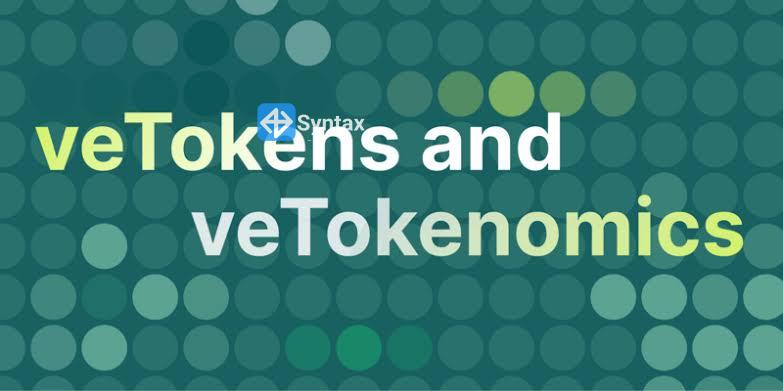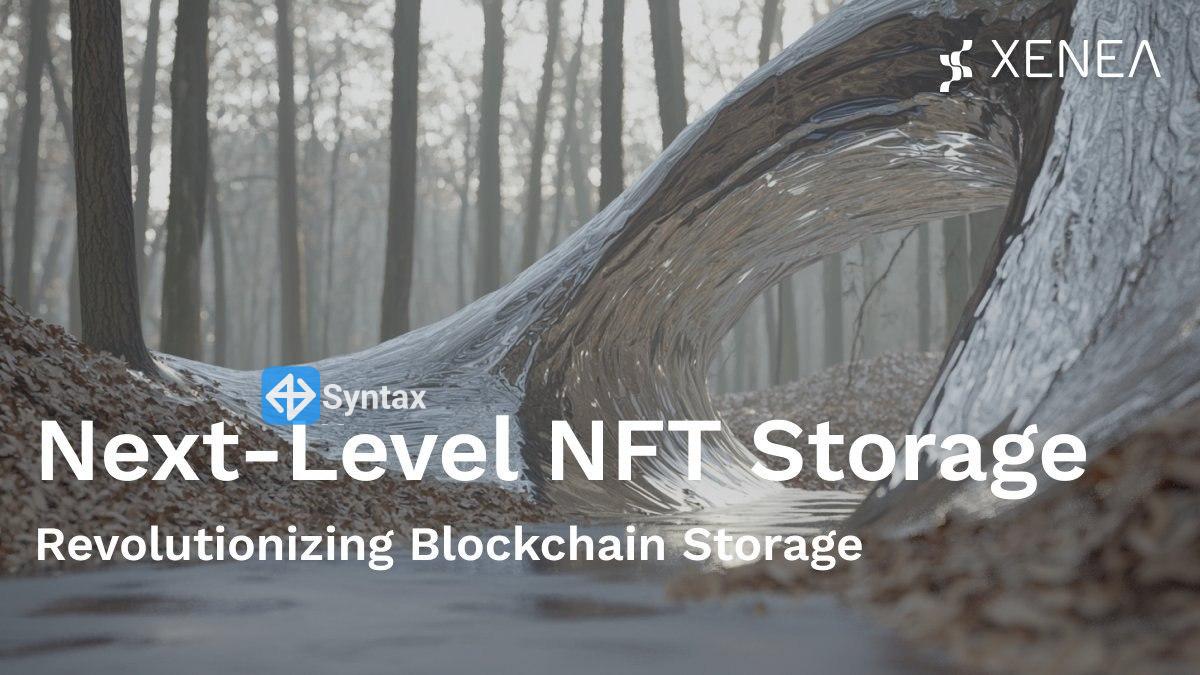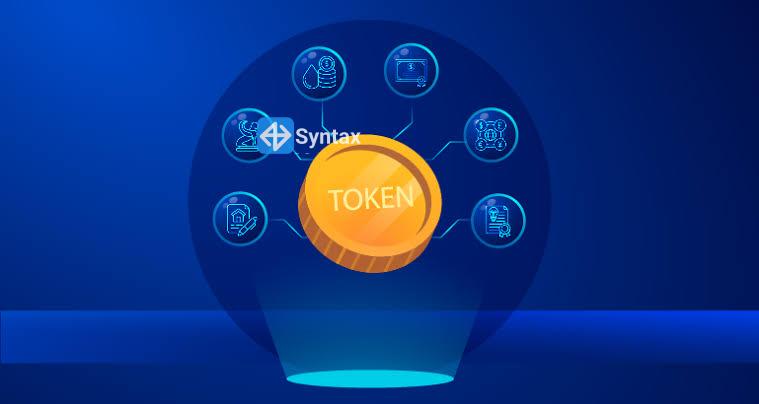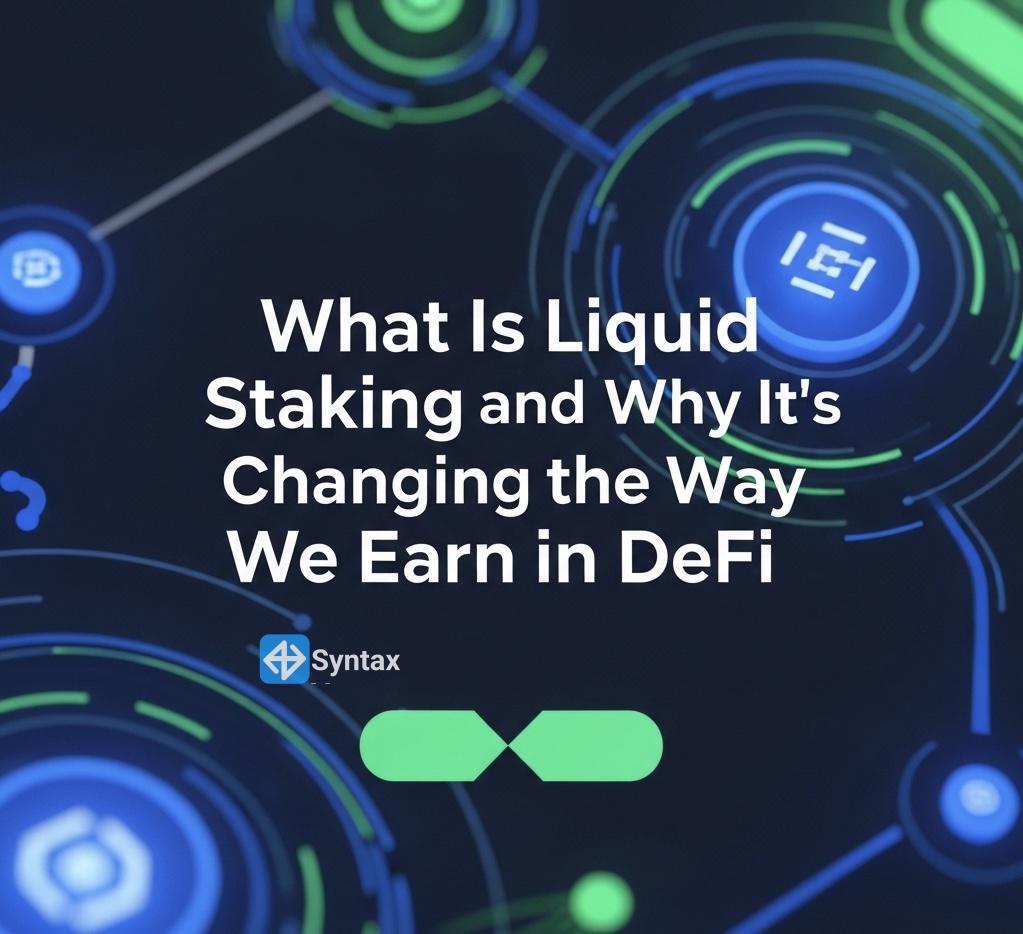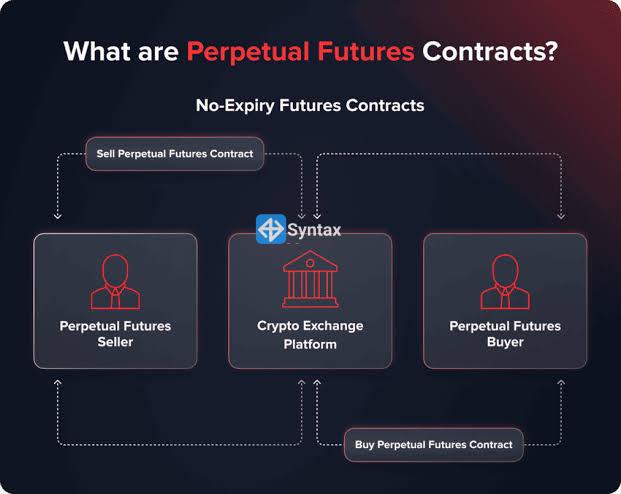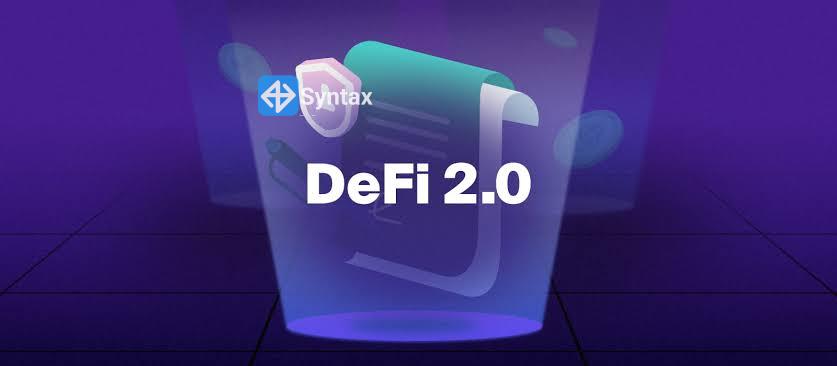Blockchain is a shared, immutable digital ledger, enabling the recording of transactions and the tracking of assets within a business network and providing a single source of truth.
Blockchain operates as a decentralized distributed database, with data stored across multiple computers, making it resistant to tampering. Transactions are validated through a consensus mechanism, ensuring agreement across the network.
In blockchain technology, each transaction is grouped into blocks, which are then linked together, forming a secure and transparent chain. This structure guarantees data integrity and provides a tamper-proof record, making blockchain ideal for applications like cryptocurrencies and supply chain management.
The key benefit of blockchain lies in its ability to provide security, transparency and trust without relying on traditional intermediaries, such as banks or other third parties. Its design reduces the risk of fraud and errors, making it especially valuable in industries where secure transactions are critical, including finance and healthcare. In addition, blockchain helps businesses improve efficiency and reduce costs by streamlining processes and enhancing accountability.
Blockchain technology began with the introduction of Bitcoin in 2008, created by an anonymous figure or group known as Satoshi Nakamoto. Bitcoin’s underlying technology was designed as a decentralized digital currency to enable peer-to-peer transactions without the need for a trusted intermediary like a bank. The blockchain served as a public ledger, securely recording all transactions and preventing double-spending, a key issue for digital currencies at the time.
With the development of platforms like Ethereum in 2015, blockchain began to support smart contracts—digital contracts stored on a blockchain that are automatically executed when predetermined terms and conditions are met.
This development broadened blockchain’s real-world applications, extending into areas such as real estate, finance, supply chain management, healthcare and even voting systems. Over time, blockchain has grown well beyond its cryptocurrency roots, becoming a key player in decentralized finance (DeFi) and non-fungible tokens (NFTs).
Today, blockchain continues to evolve, with ongoing advancements aimed at improving scalability, privacy and its integration with emerging technologies like artificial intelligence (AI) and the Internet of Things (IoT).
According to a report from Statista, blockchain technology is forecast to grow by nearly 1 trillion US dollars by 2032, with a compound annual growth rate (CAGR) of 56.1% since 2021.1



